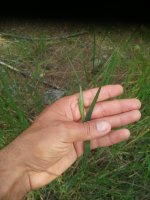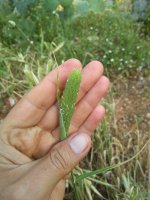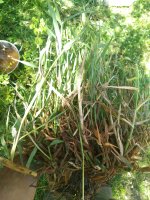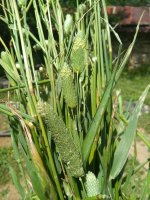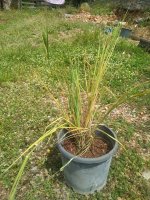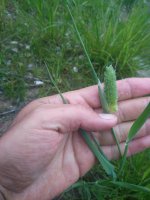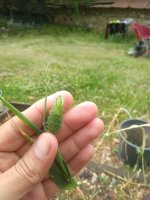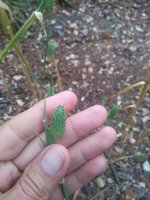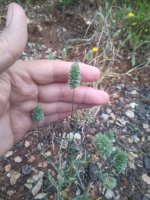Arundinacea generally will go dormant in the heat of summer and dry out unless it is growing in shade or wetlands with circulating water.
In my experience, decent harvests cap off around the beginning of June.
Good harvest resumes around the middle-end of August and continues through November.
If the Aquatica is containing beta carbolines wouldn’t it be active on its own?
Please be careful, we don’t know exactly each alkaloid that’s in the grass and many of the compounds in Phalaris have yet to be thoroughly studied.
Aquatica can be hit or miss, Brachystachys and Paradoxa have been more consistent in brews and smoked extracts for me.
We know Aquatica is worthy of perusing, but maybe the grass is telling you to take a step back before you take 3 steps forward.
As we’ve learned, alkaloids diminish with age in the grass so you’ll likely only have to take more and more to satisfy your taste.
If I may suggest finding some new patches and returning to the Aquatica you’ve been working with after the rain comes back.
With Phalaris grass, sometimes luck is at a random time like the beginning of summer or in winter.
Blessings on your plant path.



